DIVE INTO YOUR DATA
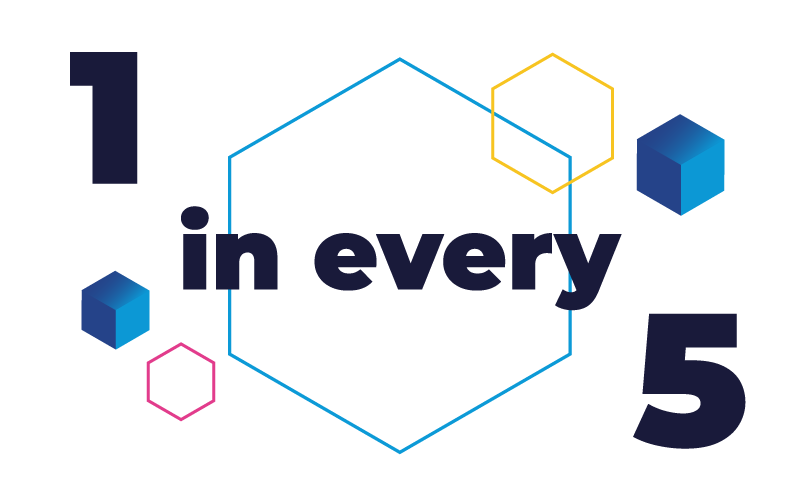
By the end of 2023, 1 in every 5 retail sales will be made online, but there’s no need to feel like you’re drowning in the numbers of performance metrics.
Automation and key metrics will help you understand if your digital marketing strategy is working, and how much time you’ll save when you don’t have to worry about updating manual feeds.
MANUAL VS. AUTOMATION:
A first-party data strategy
Google Shopping Feed is the top channel used by Channable clients, but Google has committed to tighter privacy regulations and will continue phasing out its use of third-party cookies.
You still need to understand consumer-reactions to your marketing, or you won’t know where to allocate spend. So, what does that mean for you, the digital marketer?
Your reliance on first-party data will only grow as third-party data continues to be phased out. Automation is key to putting your first-party data strategy in place.
According to SavvyRevenue's founder, Andrew Lolk, one of the biggest challenges for eCommerce business is attribution.
Using a feed management tool to centralize your campaign management allows you to collect first-party data, identify top performers, streamline performance, and gain a full overview of all your campaigns.

“Think about tracking Facebook, YouTube, Google, SEO, and website tracking along with affiliate ads; they are all measuring different things, they all have different attributions. When you get to this point, you don't know what’s contributing to your success or where that success is coming from.”
Andrew Lolk, Founder at SavvyRevenue
Examples:
Putting automation to work
Artefact uses Channable to automate their feed management and create PPC campaigns.
The results:
Increase in click-through rate (CTR)
Decrease in cost per action (CPA)
A PIVOT TOWARDS POAS
Guy Schepers is Head of Paid at Fingerspitz, an internet marketing agency in the Netherlands. He believes one of the biggest challenges for eCommerce business is achieving the correct balance between growth and budgets.
Most companies who used to rely on return on investment (ROI) as a basis for success started to focus more on ROAS, which yields a more immediate, short-term view of how distinct ads or campaigns are performing. Schepers is now seeing clients shift again–away from ROAS and towards profits on ad spend (POAS).
POAS takes both cost and order combinations into account, allowing clients more visibility into the total conversion value of the customer lifecycle. So, if you haven’t been evaluating this metric, now’s the time to pay attention, and start including it in your data analysis.

“Companies have to grow, but the budgets aren’t unlimited. So, we have to find the sweet spot that each campaign uses to get better with the right amount of spend,”
Guy Schepers, Head of Paid at Fingerspitz
Examples:
Tracking POAS to increase total profit values
Online lighting retailer dmlights struggled to keep up with time-intensive manual updates for their campaign feeds, which were also difficult to scale.
Whenever they wanted to advertise in a new country, specific feed combinations needed to be recreated, and the campaign structure had to be set up from scratch. It took weeks until a new country was fully deployed.
When dmlights and their agency, Sematis, decided to use Channable to scale their search campaigns across different countries and import data into a central feed, they were able to track POAS and achieve the following results:
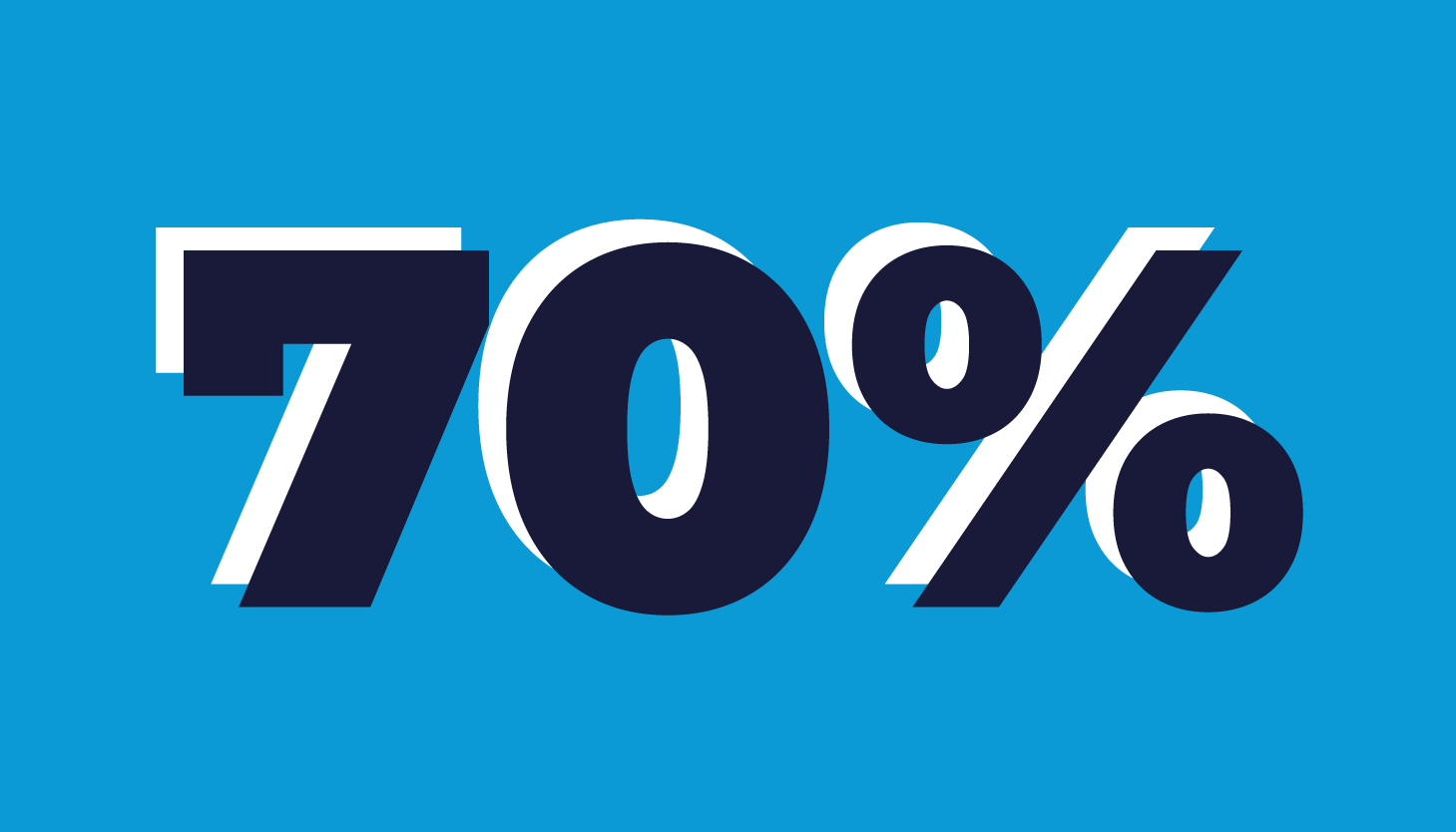
Increase in POAS Year over Year (YoY)
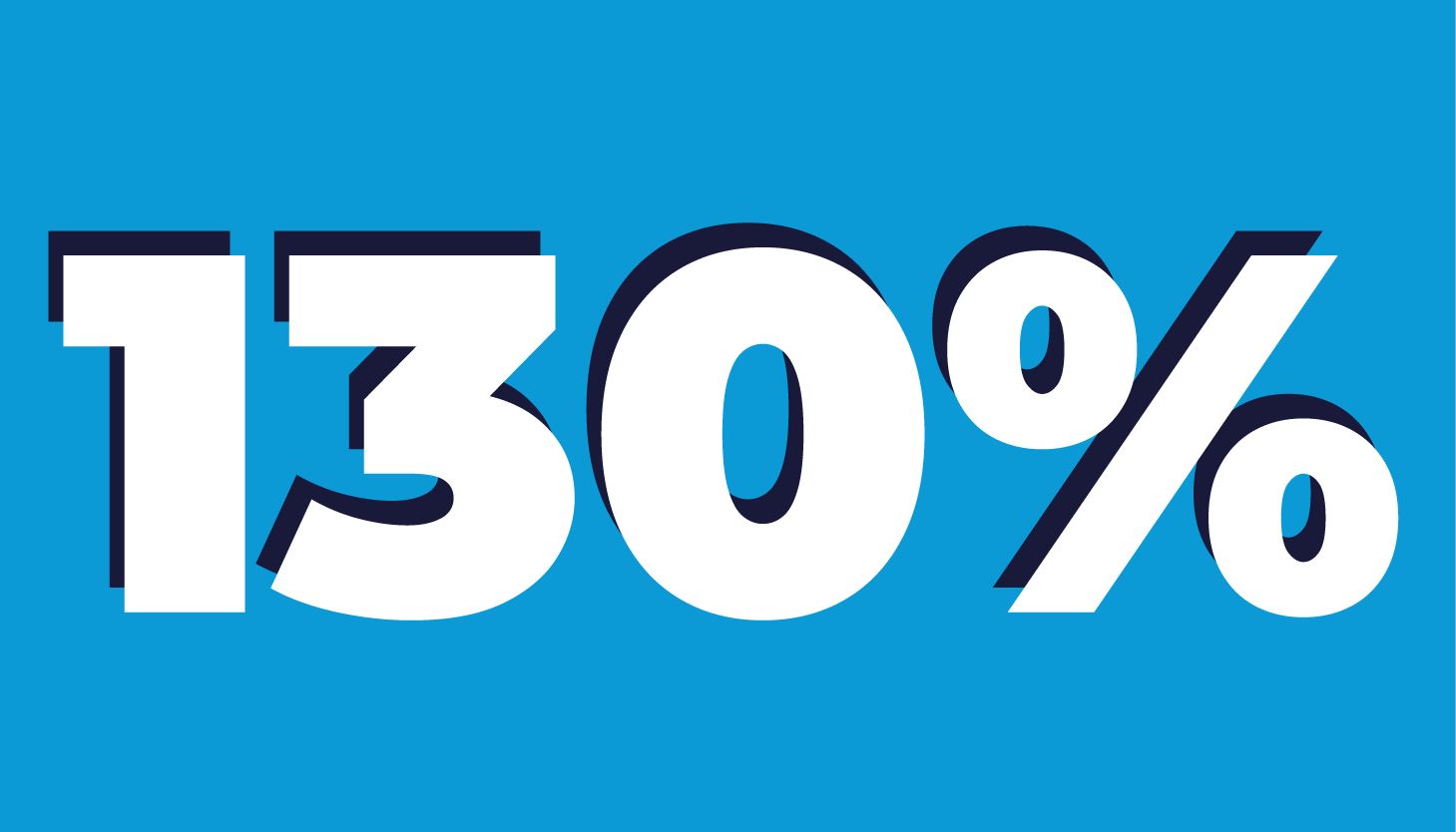
Increase in total profit values YoY
MEASURE TIME SPENT SETTING UP AND MAINTAINING AN OMNICHANNEL STRATEGY
The most invaluable resource for your team is time.
If your time is being swallowed up by campaign maintenance, you won’t be able to focus and refine your digital marketing strategies on an as-needed basis.
Andrew Lolk, founder of Savvy Revenue, put it best when he said:
“The path to success and growth is not always measured in profit, but in the time and freedom to focus on strengths and create the most impact possible.”
Examples:
Measuring time saved
Once Savvy Revenue started using Channable's feed management and PPC automation solutions, they achieved the following results for eCommerce stores with more than 10,000 SKUs:
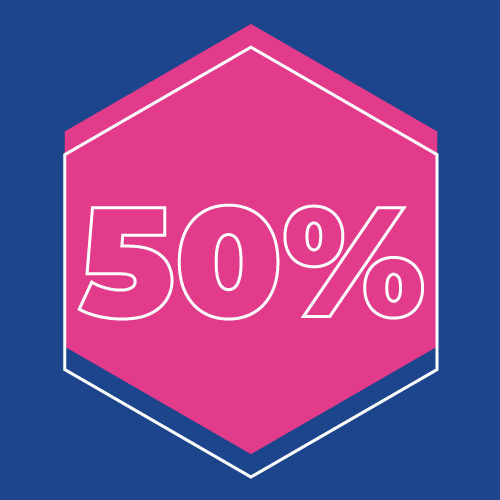
Decrease in campaign creation time
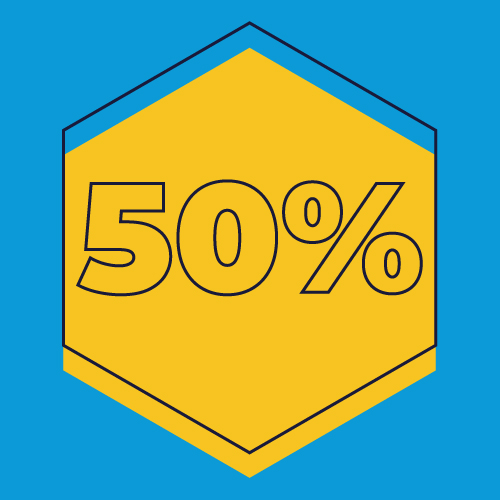
Decrease in hours spent on ongoing monthly updates
The digital marketing agency dreifive originally used Channable’s API integration with Shopify to integrate their client KORRES’ entire portfolio of 500 product variants and automate ads for Google Shopping.
Meanwhile, Roots Network used Channable to establish a multi-market PPC strategy for their client Otrium, an online fashion outlet that sells hundreds of thousands of products across nine markets throughout the U.S. and Europe. Otrium has over 400 brands, each with their own demands and restrictions.
Like this content? Share it with a colleague!